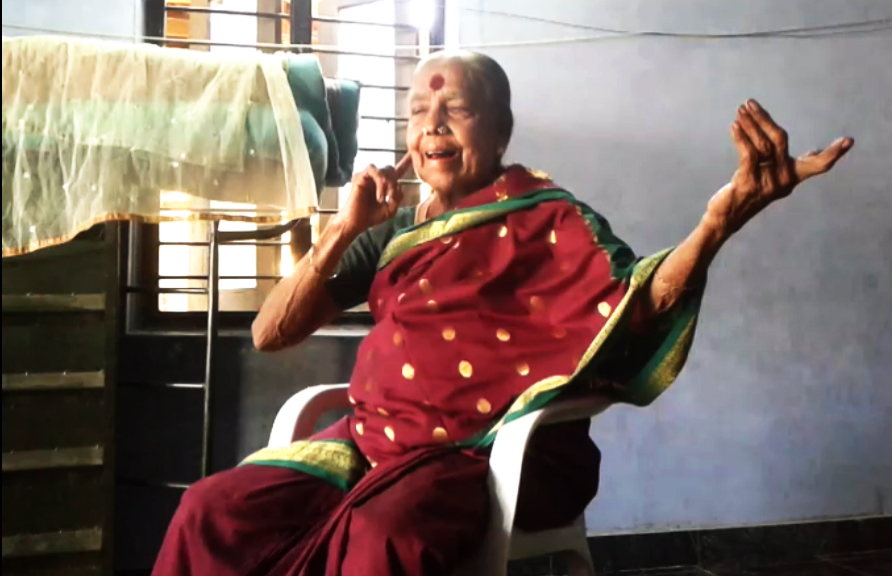(Published in Aainanagar, May 2016)
“‘…It’s always six o’ clock now.’
A bright idea came into Alice’s head. ‘Is that why so many tea-things are put out here?’ she asked.
‘Yes, that’s it’ said the Hatter with a sigh, ‘it’s always tea-time, and we’ve no time to wash the things between whiles.’
‘Then you keep moving round I suppose?’ said Alice.
‘Exactly so,’ said the Hatter, ‘as the things get used up.’
‘But what happens when you come to the beginning again?’ Alice ventured to ask.
‘Suppose we change the subject,’ the March Hare interrupted, yawning, ‘I’m getting tired of this. I vote the young lady tells us a story.’”
And then the dormouse tells the tale of the three little sisters who lived at the bottom of a well, living on treacle, and were very, very ill all the bloody time.
In fact, something similar happens in actor/writer Jyoti Dogra’s ‘Notes on Chai’.

It is not a coincidence that since April 8th, 2016, when I watched this one-woman act created and performed by Jyoti Dogra at Max Mueller Bhavan, Chennai, I have been encountering the word ‘Chai’ or ‘Tea’ more frequently than before. Dogra loosely weaves a bunch of narratives together through their relationship with tea. The angst and salvation, sin and medicine, love and hate that the mimicked voices of the protagonists of these narratives pour into their cups of tea are bound to make one look differently at her everyday-life revolving around tea—making tea, drinking tea, watching others making or drinking tea, thinking of tea, not thinking of tea, not thinking of others thinking of tea and so on. These voices—very well-observed by Dogra, thus perfectly catching and exaggerating their characteristic nuances—are political in nature. This very politics is also one of the selling-points of her work as this is what makes it something larger than simple mimicry. The Alices, Mad Hatters, March Hares, Dormice and Little Girls living at the bottom of wells that Dogra draws on the stage, strike many a tragicomic chord in the hearts of the audience. But as her work becomes an overt political statement in certain matters, it remains politically blind to certain others.
Tea, in general, can be interesting to an Indian audience for many reasons—being not just a culinary but more of a social ritual in Indian households at every occasion of laughter and sorrow, get-togethers and getting-away, being a symbol of orientalism, representing status statements, style statements, brand names, art, skill, serving as nutrient, laxative, addiction, anti-depressant, being a source of hundreds of roles and professions distinguished by class, caste and gender, being one of the deeply influential colonial residuals, being one of the most important exported goods and last but not the least being one of the biggest Indian industries possessing one of the most unfair labour policies. These are ‘tea-matters’ that affect our lives—sometimes in remote ways—irrespective of whether we acknowledge them or not. But contrary to what the name of the piece suggests, ‘Notes on Chai’ remains blissfully ignorant of most of these, making the title almost a misnomer. Nonetheless, it is a beautifully done piece. Therefore, I may (and I do) stand up for Dogra at the end of the often-mesmerizing 1 hour and 40 minutes, clap, hoot, cheer, appreciate and exclaim, but cannot totally evade some of the questions that comes to my mind—questions to Dogra as a creator and a performer, to fellow audience-members, but most importantly to myself—as a thinking being, as a woman, as Indian, as an addicted, certified, hopelessly devoted tea-drinker.
Continue reading →















